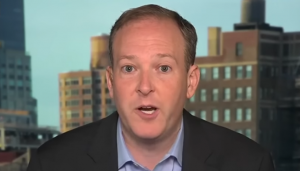Hypersonic
missiles, weapon systems that fly at five times the speed of sound and can be
guided to attack very specific locations, have turned into the drug of choice
for big and small nations. The increasing volatility of current geopolitics is
making countries test out their hypersonic. The United States tested a
hypersonic missile in mid-March while Russia actually fired a hypersonic at Ukraine in a bid to destroy a weapons factory. India misfired a presumably hypersonic
missile at Pakistan recently.
The burgeoning use
of hypersonic missiles is a precise addition to countries’ defence capabilities
that allow them to attack precise targets with minimum collateral damage when
the use of ground troops have become cumbersome and expensive. A hypersonic
missile poses no risk to air crews, is extremely accurate and virtually unstoppable.
What are
hypersonic missiles?
Hypersonic
missiles are characterised by their manoeuvrability. Flying at the speed of
Mach 5, what sets them apart is that unlike ballistic missiles, hypersonic
missiles don’t follow a ballistic trajectory and can be manoeuvred to the
intended target.
Hypersonic missiles
are of two types: Hypersonic Glide Vehicles (HGVs) and Hypersonic Cruise
Missiles (HCMs).
An HGV is launched
from a rocket before gliding to the intended target. An HCM, is powered by air
breathing high-speed engines or ‘scramjets’ after acquiring their target.
The
hypersonic-rush
The speed,
accuracy and the fact that they are currently unstoppable is attracting nations
to the weapons system like bees to a flower. But, this rush for hypersonic
missiles is not without its pitfalls. A hypersonic missile can carry a nuclear
warhead and can reach any coordinate on earth within 30 minutes. With the
response time this low, countries would always want to be the first ones to use
them against the enemy.
Steve Simon, an
analyst at the Quincy Institute writing for the New York Times, wrote:
Hypersonics also push us toward a slippery slope. They blur the line between
conventional and strategic weapons, and their easy, justifiable use – say, to
kill a single terrorist leader in a crowded city – could make it easier to
accept their widespread use, with much more destructive consequences.”






